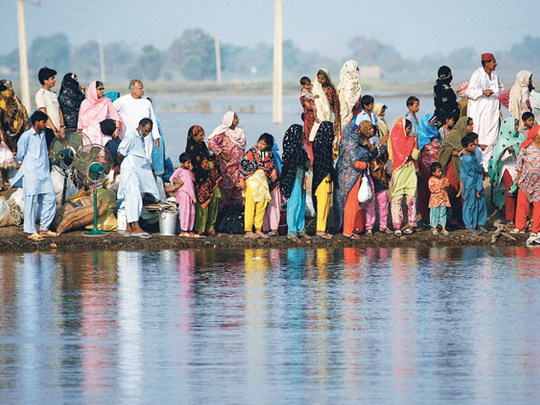
Time has stopped for the hapless survivors in Sindh whose lives were turned upside down by the severe floods that hit the Pakistani province last year.
Surveys carried out in the wake of that disaster have revealed the extent of acute malnutrition in the region. The issue has been highlighted only recently due to prevailing social conditions and the lack of contact between the people and medical experts. Poverty levels have been at an all-time high for decades as a result of which the lives of thousands of children are also at risk.
Unicef has found that the percentage of those hit by the problem is higher than the 15 per cent emergency threshold set by the World Health Organisation (WHO) and on par with the poorest parts of sub-Saharan Africa. It has also been noted that women form a larger part of the overall figure.
While efforts are being made to address this problem, humanitarian organisations must galvanise themselves to ensure that the thousands who have been affected can obtain food and medical relief.
Assistance can come not just through medical aid, but also by highlighting the social conditions in which womenfolk often assume a role of lesser importance. The matter demands prompt action, but sensitivity as well.








